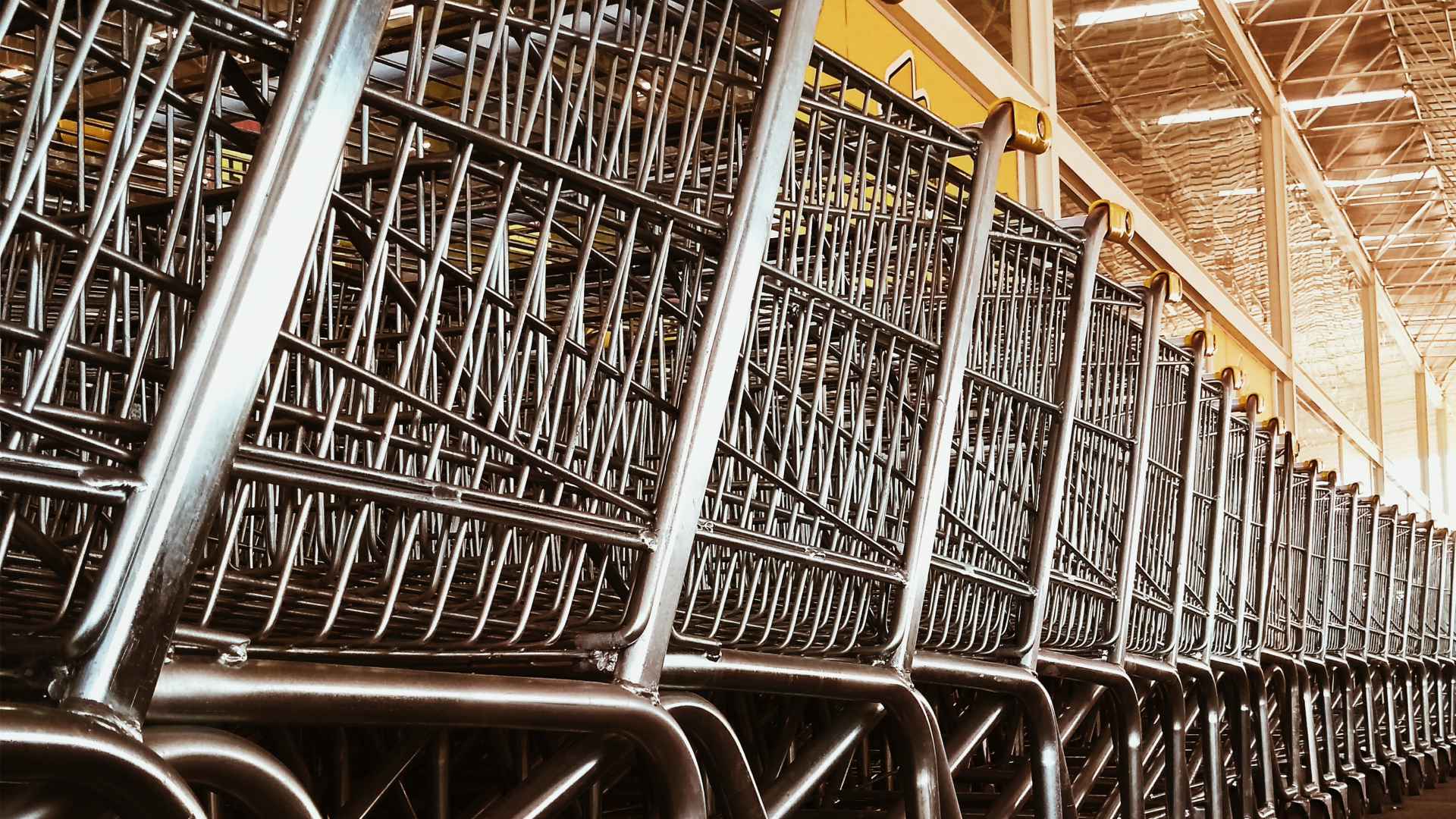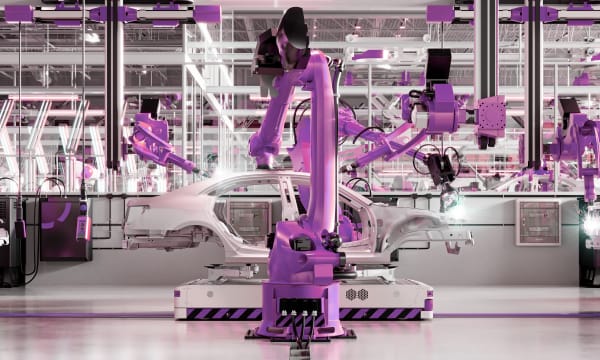Our survey results make it clear that B2B buyers are using digital channels more and more. But at the same time, they are far from satisfied with everything they are getting online. To the extent that they are ditching suppliers in search of a better experience elsewhere.
Digital buying is on the rise
According to buyers’ own breakdown of their purchasing, 49% of all B2B spend now goes through digital channels. But tellingly, 68% of buyers expect their use of digital to increase in years to come. Asked to predict what percentage of their budgets would be spent online in five years’ time, the mean figure increased to 57%.
But half of all buyers are frustrated with the digital experience
In total, 46% of global B2B buyers say they are frustrated with buying B2B products online. Not an overwhelming majority, no. But half of all buyers saying they are dissatisfied with the digital B2B experience cannot be ignored. To put it another way, that’s half the world’s buyers who could be convinced to switch supplier on the basis of the digital experience alone.
The proportion of dissatisfied buyers rises to 60% in India and 57% in South Africa - the two countries where buyers are switching suppliers most.
Buyers find the digital experience too complex
So what exactly are these buyers finding wrong with the digital experience? 66% told us they wished buying online was more straightforward, and 45% said they felt digital was more complicated than buying offline. This figure actually rises to 49% if you discount China, which is something of an outlier with just 6% of buyers there feeling online is more complicated. As we’ve often stated, there’s something the rest of the world can learn from the digital experience Chinese vendors are offering.
And they don’t think vendors understand their concerns
51% of global B2B buyers told us that they don’t feel B2B sellers understand the friction points in the online buying experience. A similar number (53%) said they doubted vendors were adequately reviewing their online offers in order to make improvements. What is more, 68% said they got the impression they were more digitally advanced than the suppliers they bought from - an obvious source of frustration if confronted with clunky, somewhat outdated channels that never seem to improve.
Understanding how your customers view your company is important at all times, but never more so when you are trying to lock in loyalty and stem the tide of rising churn rates. Luckily, as we will see below, B2B buyers are far from shy about sharing what they want from the purchasing experience.
Buyers expect a similar digital experience to what they get as consumers
Where are these high expectations for the digital experience coming from? In no small part from what buyers are used to as consumers.
66% of buyers told us they expect a similar experience when buying on a B2B site as they get on a B2C site. Which makes perfect sense. Buyers are, after all, just ordinary people like the rest of us away from their day job, everyday consumers who have had their role as shoppers transformed by the choice and convenience of eCommerce.
We asked buyers which specific experiences they were used to getting as consumers they would like to see more of in B2B. The top five answers (or seven, because four all scored the same) were:
- Faster Delivery - 23%
- Easier Returns - 22%
- Ratings and Reviews - 20%
- More Product Choices - 19%
- More Convenient Delivery - 19%
- Rewards and Incentives Program - 19%
- Easier / Faster Checkout - 19%
This makes for an interesting comparison with the reasons buyers gave for switching suppliers in the last 12 months. Although pricing and cost savings feature heavily in the top 10 reasons given, product choice, delivery speed, returns and payment/checkout options are all present, too. And with only a 3 percentage point difference separating the most popular reason for switching (Better Contract Terms / Pricing - 14%) from the tenth (Seeking Cheaper Alternatives - 11%).
So not only are expectations carried over from consumer experiences influencing decisions to switch suppliers, they are on a par with the financial incentives, too.



